Thundering and crashing. Violent volcanic eruptions, meteorite impacts, and lightning strikes. Enormous heat and radioactive radiation drive chemical reactions: This is how scientists imagine the Earth around four billion years ago. The first chemical compounds are formed from sulfur and hydrogen, the primordial soup bubbles and boils. Bacteria and archaea emerged about 3.8 billion years ago, existing between fire and ash. During the following three billion years, the earth cools down, water vapor is produced, and oxygen is released. The landscape becomes calmer. Around 2 billion years ago, the first more complex cell structures developed from the original life forms, which later gave rise to a huge diversity of plants and animals. These tiny single-celled organisms formed the substrate for the development of all further life. How this evolutionary transition to the first more complex cells succeeded has not yet been deciphered.
A first decisive step towards solving the mystery was taken by the US microbiologist Carl Woese in the late 1970s: He discovered that not all microorganisms are bacteria, but that there is a second, independent class of microorganisms. Many of these tiny single-celled organisms live under extreme conditions: Some feel at home in boiling sulfur vapor at 100 degrees Celsius, others live in concentrated salt solutions or in a highly acidic environment. Because of their preference for archaic habitats that resemble the living conditions of primordial Earth, these life forms are called archaea. With their tiny size of 400 nanometers (0.4 thousandths of a millimeter), many of them are among the smallest living creatures on our planet.
This discovery meant that the classification of biology had to be rewritten. Today, all living things on earth are divided into three major domains: Eukaryotes, bacteria, and archaea. Eukaryotes include animals, plants, protists, and fungi. Their cells are usually larger and more complex than the cells of bacteria and archaea. They have a nucleus containing the cell’s genetic information, and a cytoskeleton, which determines both the cell shape and the transport within the cell.
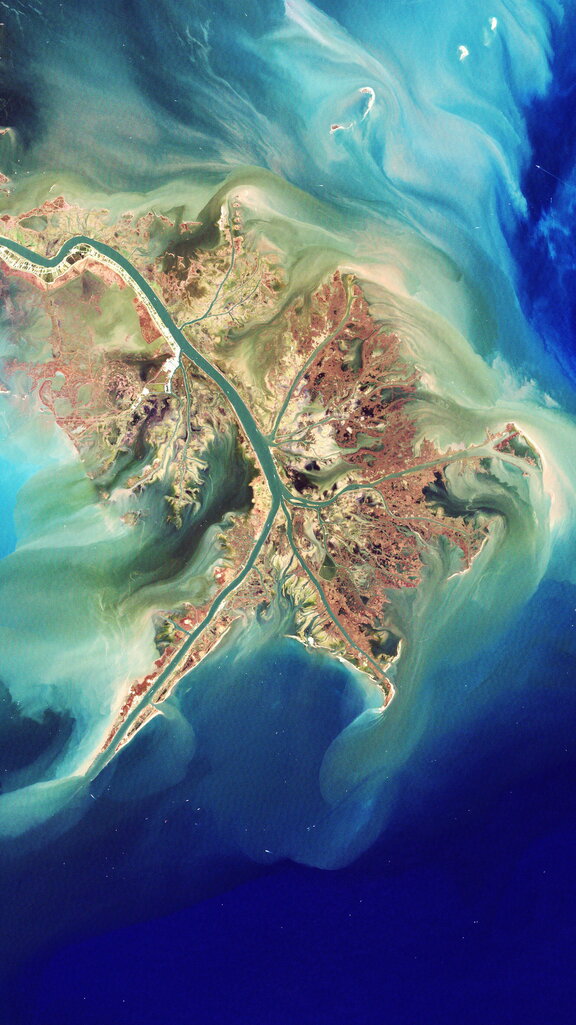

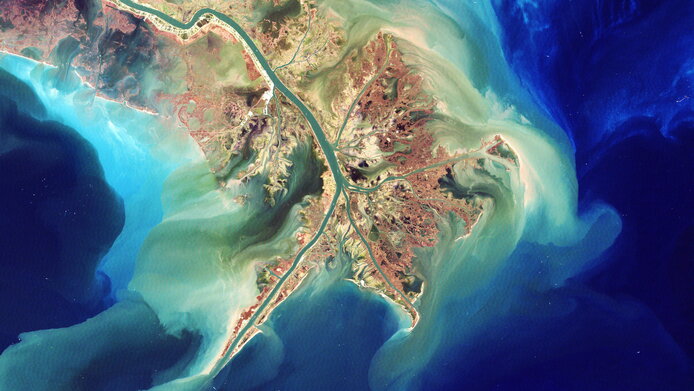
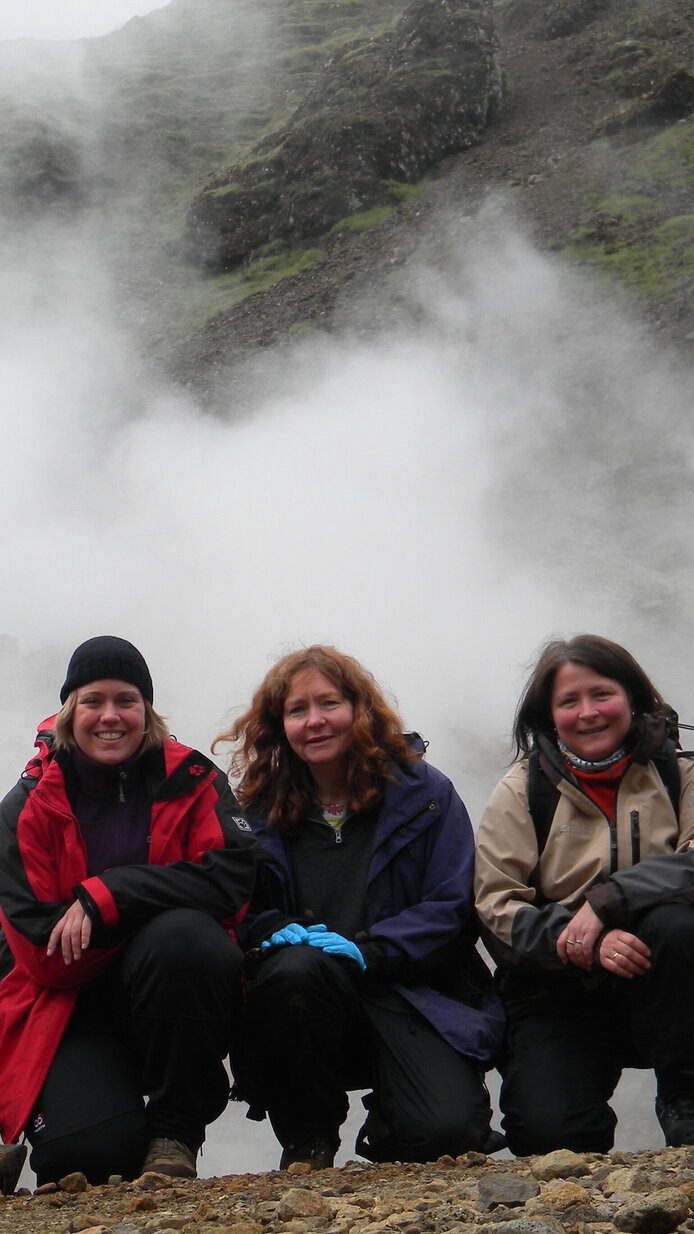
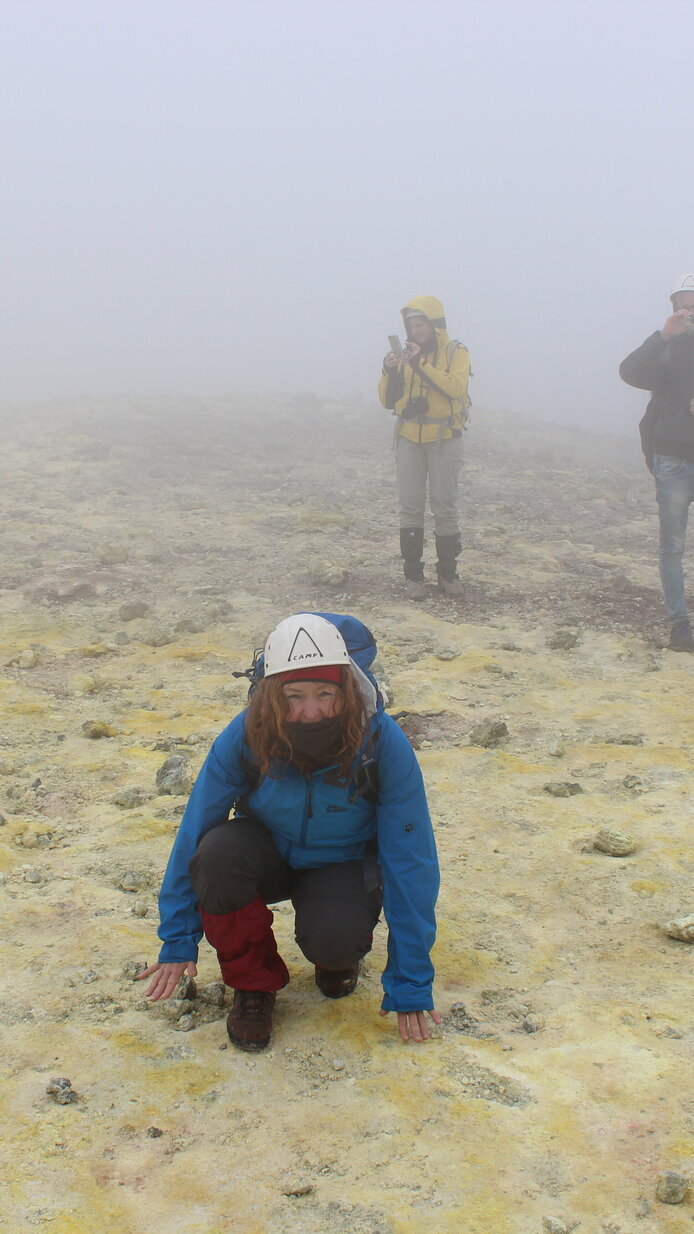
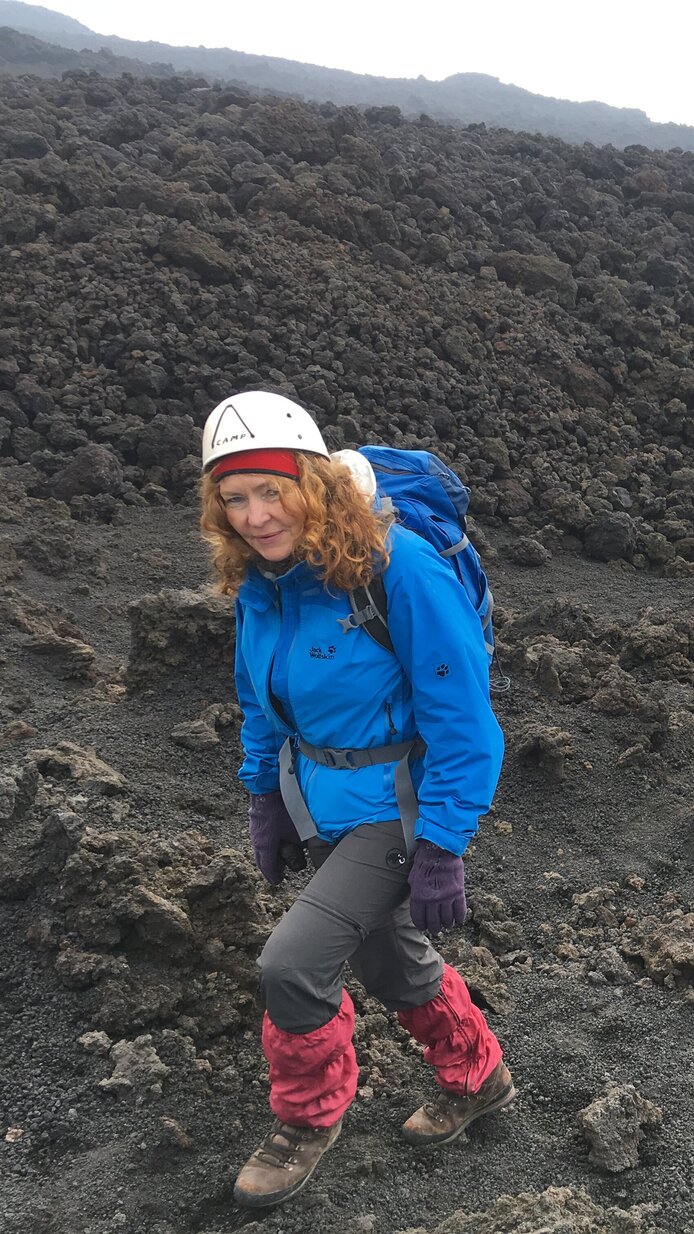

![[Translate to English:]](/fileadmin/_processed_/2/b/csm_EmmanuelleCharpentier_cHallbauerundFioretti_35afb9cedd.jpg)
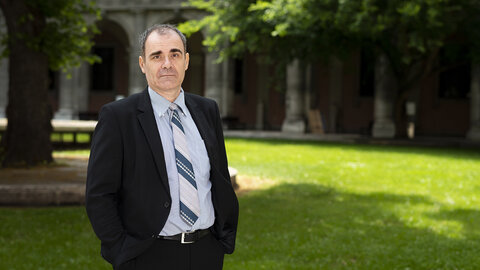
![[Translate to English:] Wolfgang Lutz blättert in einem großen Atlas](/fileadmin/_processed_/c/6/csm_Wolfgang_Lutz_cHerbertNeubauer_picturedesk_f0e494e876.jpg)
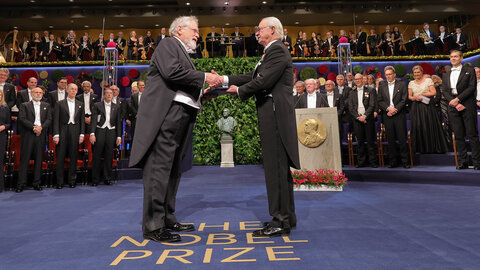

![[Translate to English:] Portrait Walter Pohl](/fileadmin/_processed_/1/2/csm_Portrait_WalterPohl_cFWF_LuizaPuiu_c0acb71e9a.jpg)
![[Translate to English:]](/fileadmin/_processed_/5/b/csm_Ferenc_Krausz__C__%C3%96AW_APA-FOTOSERVICE_MARTIN_H%C3%96RMANDINGER_2_ed50c7acf1.jpg)